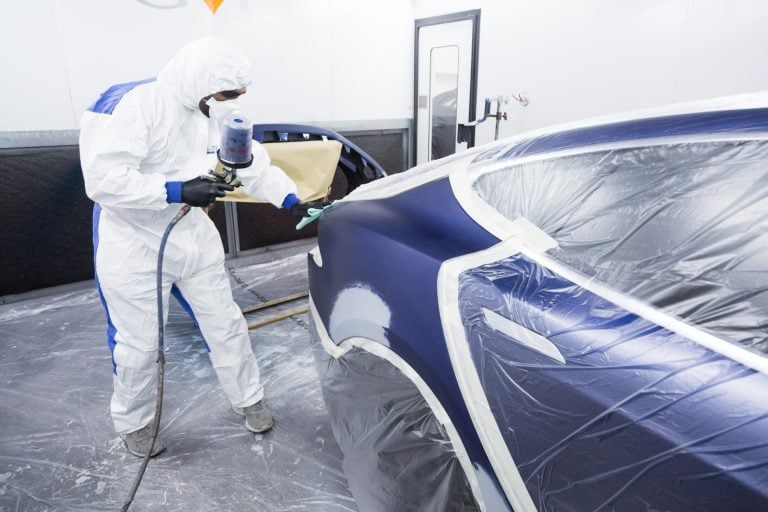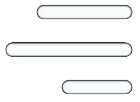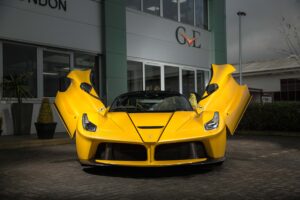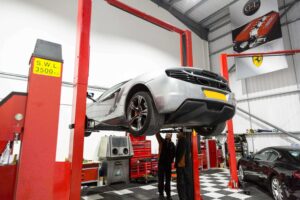- Detailing Case Studies
DIY Paint Protection Film Installation: Why It’s Not Worth the Risk | GVE London – Blog
DIY paint protection film installation can lead to bubbles, wrinkles, and inadequate coverage. Discover why professional installation is worth the investment.
For a majority of car owners, the appearance of their vehicle matters as much as its performance. While driving, dirt, debris, stones, etc. can cause scratches, abrasions, or dents on the car’s body which damages its paint job. This hampers the visual aesthetic and glow of your car, also potentially reducing its resale value.
To preserve the exterior and the paint of your car from damage, paint protection film installation is one of the best options available. However, it is a costly process, and some car owners try to apply the film themselves on their vehicles. This can be a mistake as PPF application requires a lot of expertise, and you should avoid DIY PPF installation, leaving it to professionals.
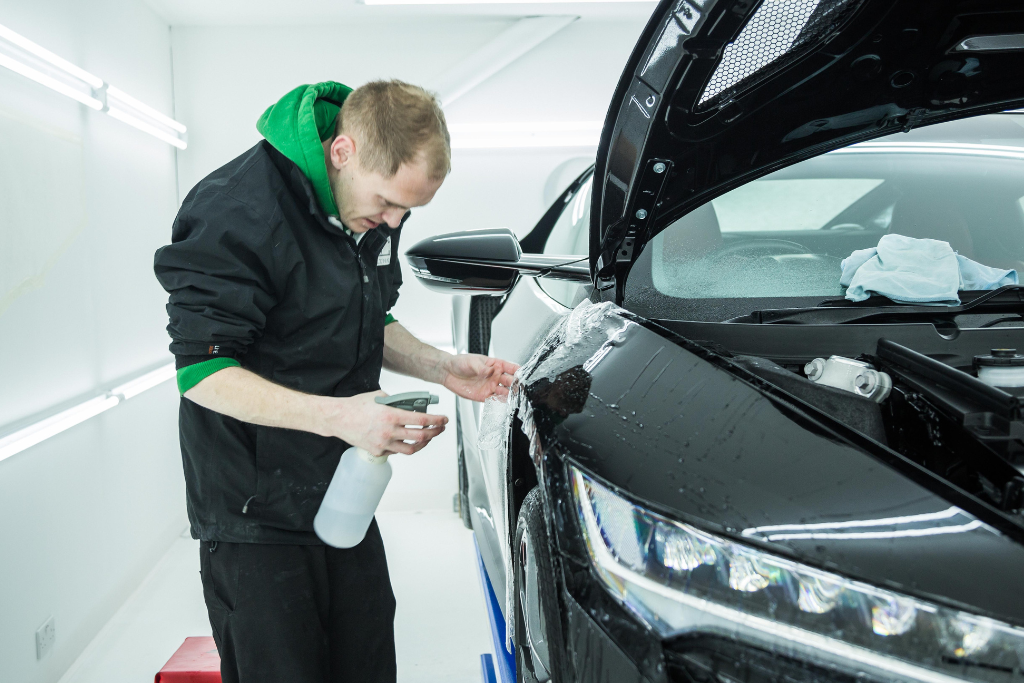
Common DIY PPF Installation Risks
It’s not worth risking PPF application on your car yourself, as it can spoil the look and even damage its exterior. Here are some common risks associated with DIY paint protection film installation.
Lack of Expertise
PPF application needs a lot of expertise, attention to detail, time, and patience. If you haven’t done it before, then you are recommended not to try it on your car.
Experienced professionals know the right techniques and skills that go into applying PPF on a vehicle, and you should leave the job to them. Also, improper application of the film can void the warranty of your vehicle.
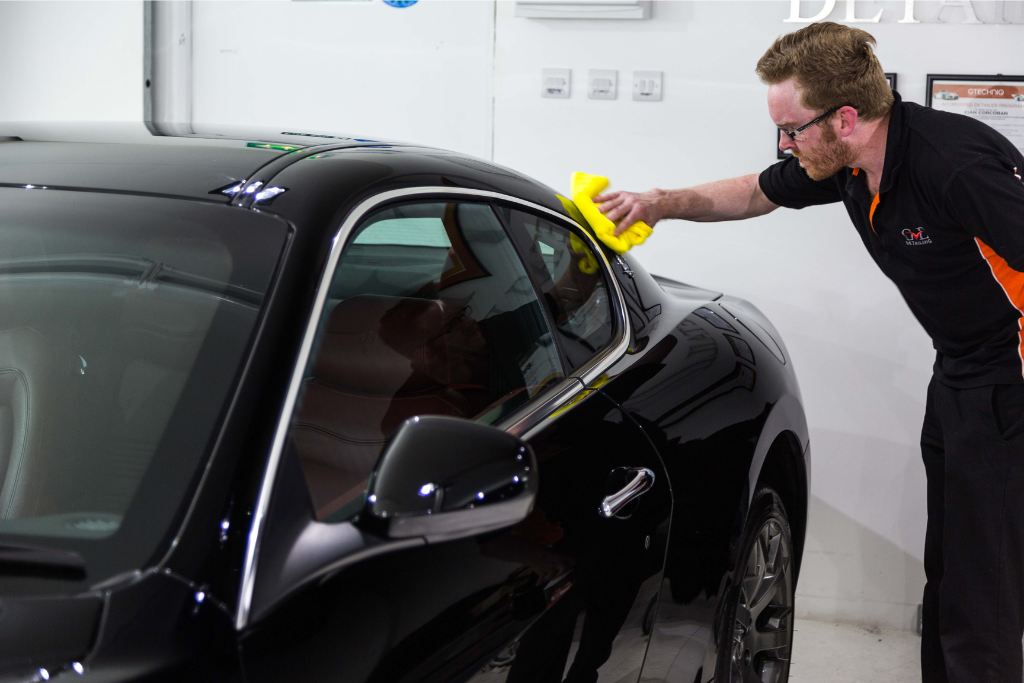
Improper Surface Preparation
During DIY PPF application, most people fail to clean and prepare the exterior surface of the car properly. This leads to adhesion issues and the film doesn’t stick properly. Also, there is a risk of contaminants getting trapped under the PPF film.
Incorrect Film Cutting & Trimming
You will not be able to trim and cut the film in a precise manner which leads to several issues like gaps, uneven edges, air bubbles, excess film hanging near edges, and more. Incorrect film affects the protection offered and diminishes the appearance of your car.
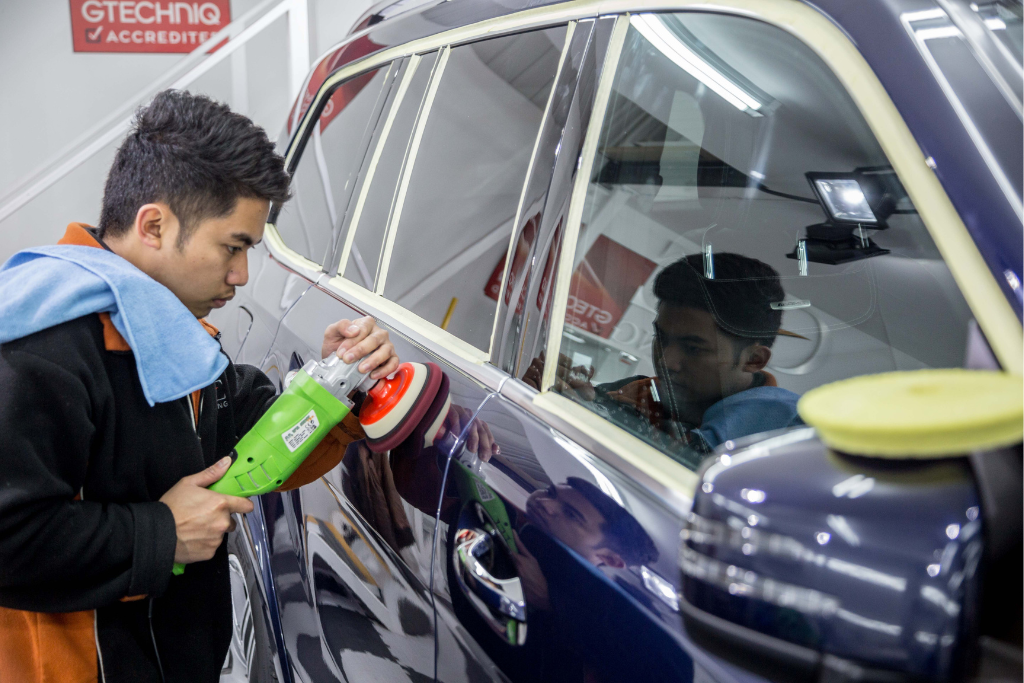
Not Having the Required Equipment & Tools
Another common DIY PPF installation risk includes not having the adequate tools and equipment for it. Using improper and low-quality equipment increases the chance of damaging the film as well as the car’s body paint.
Consider visiting a reliable detailing centre like GVE London for high-quality and long-lasting PPF installation on your car.
Improper Application of Heat
To stick the film properly to the car’s surface and activate its protective properties, proper heat application is paramount.
If you don’t provide the right amount of heat during installation, it causes distortion or premature failure of the PPF.
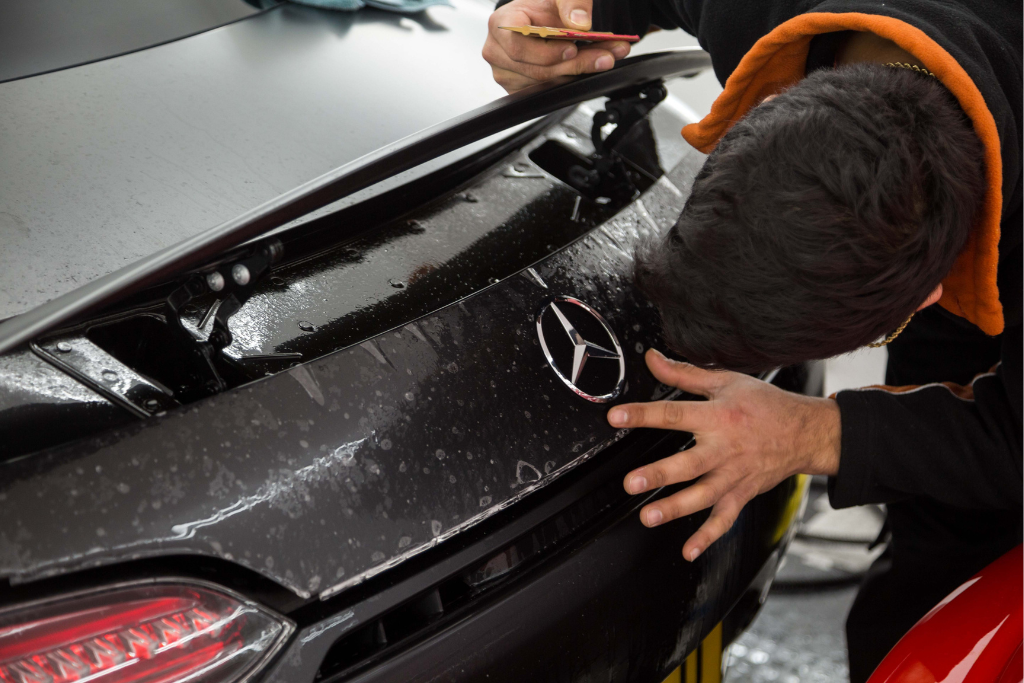
Overstretching the Film Causing Wrinkles & Air Bubbles
Overstretching the film while its application weakens it, distorts it, and hampers its ability to offer protection against stone chips, scratches, etc.
Also if you overstretch or apply excessive force, it entraps air bubbles and causes wrinkles under the PPF. This affects both the appearance as well as the functioning of the film.
Conclusion
There are a lot of risks involved and DIY paint protection film installation is totally not worth it. The film won’t provide the necessary protection to the car’s exterior and can even damage its appearance.
PPF application needs the right equipment and a lot of expertise, and you should definitely leave it to the hands of professionals, instead of taking the DIY route. If you are thinking about PPF installation, wrapping, tinting, etc. on your supercar, then GVE London is the ideal detailing centre for you.
Frequently Asked Questions
Even though the PPF application is great for protecting your car’s paint and its exterior, there are several drawbacks associated with it. Some of them include a high cost, visible imperfections, and the need for paint correction. At GVE London, you can rest assured about high-quality PPF installation on your car.
You’ll find a great range of PPFs in the market across different thicknesses and volumes. The best thickness is around 8 mils or 0.0008 inches, without including its release liner. It is thick enough to provide great protection, and thin enough to be invisible and transparent.
Both ceramic coating and PPF application are great for protecting your car’s paint and body. Ceramic coating is easy to maintain and offers an enhanced gloss. PPF, on the other hand, offers physical damage protection and impact resistance. You can make your choice depending on your needs.
DIY Paint Protection Film Installation: Why It’s Not Worth the Risk | GVE London – Blog
Contact Us
"*" indicates required fields
OUR SERVICES
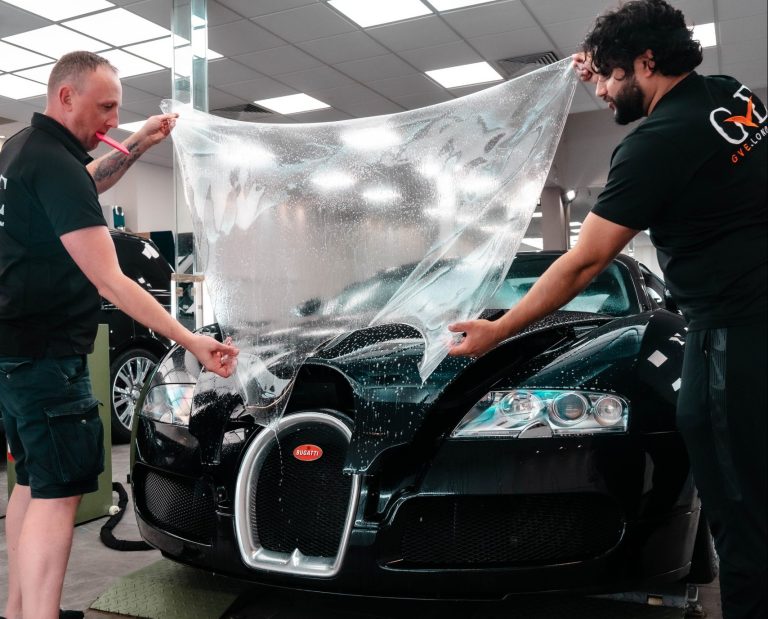
PAINT PROTECTION FILM
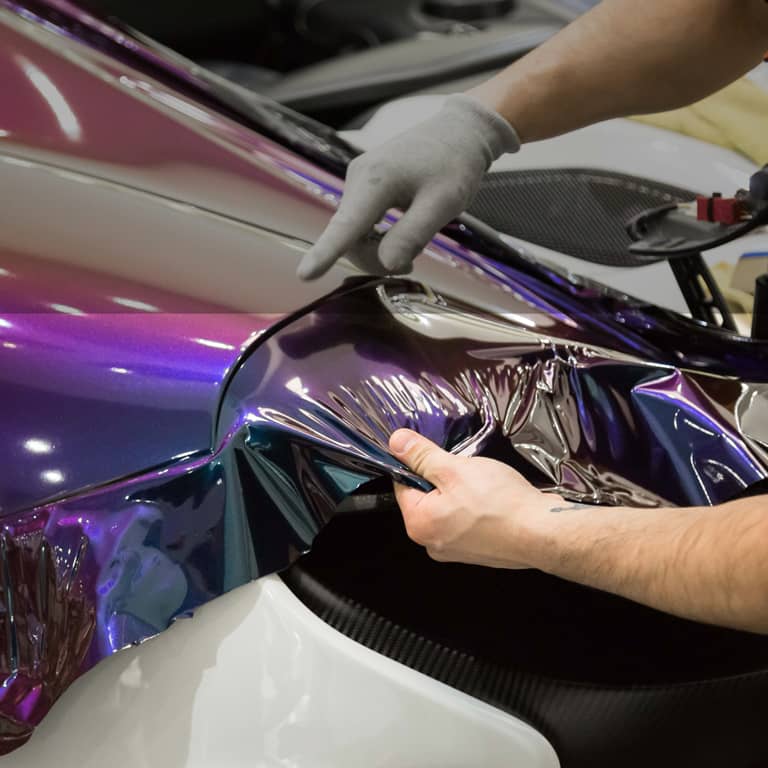
WRAPPING
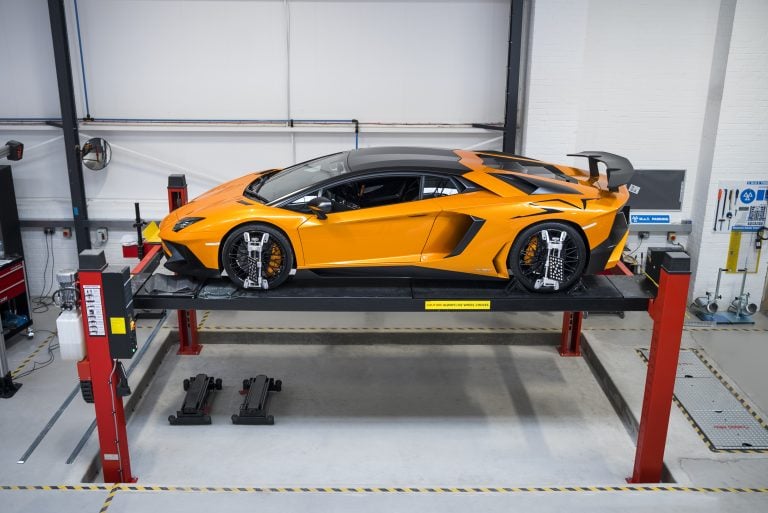
SERVICING
